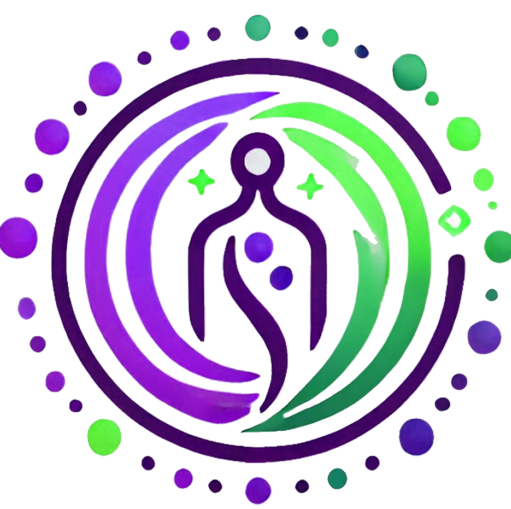Introduction: Arthritis can cause joint pain, stiffness, and inflammation, making daily activities challenging. By reducing symptoms of arthritis through NeuroCellular Reconditioning, you can alleviate pain, improve joint function, and enhance your overall mobility and quality of life.
1. Neuro-Visual Integration (NVI): Visualizing Joint Health
Practice:
Engage in a daily visualization exercise where you picture your joints as flexible, strong, and free from pain and inflammation. Imagine your cartilage regenerating, your joints moving smoothly, and your overall mobility improving.
Guided Imagery:
Spend 10-15 minutes each day visualizing your joints as healthy and pain-free. See the inflammation reducing, your joints moving effortlessly, and your strength and flexibility increasing. Picture yourself feeling confident and comfortable in your daily activities.
2. Cognitive Reprogramming Constructs (CRC): Rewiring for Joint Health
Affirmation:
Use intention-driven statements like, “My joints are strong, flexible, and free from pain,” or “Every day, I feel more comfortable and confident in my mobility.”
Application:
Repeat these affirmations aloud, especially during moments of joint discomfort or when focusing on your physical health. This practice helps rewire your neural circuits, fostering a positive internal environment that supports joint health and reduces arthritis symptoms.
3. Autonomic Modulation Protocols (AMP): Breathing for Pain Relief
Breathing Exercise:
Incorporate deep, rhythmic breathing into your daily routine to support joint health and reduce arthritis pain. Practice diaphragmatic breathing for 5-10 minutes each day, focusing on slow, steady breaths that promote relaxation and alleviate joint discomfort.
Protocol:
Inhale deeply through your nose, filling your lungs completely, and then exhale slowly through your mouth. This technique helps activate the parasympathetic nervous system, which supports joint health by reducing inflammation and promoting relaxation.
4. NeuroReflective Documentation (NRD): Journaling for Joint Wellness
Journaling Practice:
Document your thoughts, feelings, and intentions related to managing arthritis. Reflect on any factors that might be affecting your joint health, and write about your goals for maintaining or improving joint flexibility and comfort.
Prompt:
“At the end of each day, I will write about how my joints felt in terms of pain and flexibility and any signs of improvement in arthritis symptoms. I will set positive intentions for the following day, focusing on how I want my joints to be strong, flexible, and pain-free.”
5. Quantum-Resonance Meditation (QRM): Meditating for Joint Health
Meditation Practice:
Engage in daily meditation that synchronizes your brainwaves, achieving a state of deep coherence that supports joint health and reduces arthritis symptoms. Focus on bringing peace, strength, and flexibility to your joints through relaxation and mental clarity.
Guided Session:
Find a quiet space, close your eyes, and breathe deeply. As you meditate, visualize your joints as strong and flexible, the pain and inflammation reducing, and your overall mobility improving. Feel a sense of peace and confidence in your body’s ability to manage and reduce arthritis symptoms.
Conclusion
By integrating these practices into your daily routine, you can actively support and enhance your joint health. Each of these techniques is designed to empower you, helping you align your thoughts, emotions, and body in the pursuit of joint flexibility, pain relief, and overall well-being.
Remember: Consistency is key. The more you engage with these practices, the more effective they will be in supporting your body’s natural ability to manage and reduce arthritis symptoms.
